A Cause of Stress in Cities: Terpene Deficiency Syndrome

Modern life has a lot of good things about it. Generally, we don’t have to do hard manual labor to feed ourselves. We know where our next meal is going to come from. We have air conditioning when it’s warm, and heat when it’s cold. We can sleep in comfortable beds, sheltered from the elements, and we have fast means of transport to reach people anywhere and everywhere around the globe. Modern medicine is pretty amazing too, and things that would have killed our great-grandparents are barely of any concern at all to us.
Overall, life is pretty great if we’re objective about it, and yet for those of us who live in the city, things don’t always feel that good. Many of us are stressed, yet unable to put our fingers on why.
Cities vs Rural Areas
There is a lot of evidence to suggest that people who live in the city are more stressed than those that live in more rural areas. Crime rates are higher in cities too, and only a part of the increase in crime rates can be attributed to the increase in population density.
One German study from 2011 that was published in the peer-reviewed journal Nature indicated that there is a difference in the brain wave patterns of city dwellers who are exposed to stresses, compared to their rural-living counterparts.
The difference in the brain response to stress isn’t just something that can be measured in the lab, either, it’s a clear difference that shows up on a broader, social level. Those who live in cities are at a greater risk of developing a serious mental illness than their rural counterparts.
The Problem of Urbanization
Humans are social animals, and we do like to be around others. That’s why solitary confinement was used as a severe form of punishment. There are limits, however, and when people are put into crowded conditions, it can cause stress. Just look at the tension in crowded public transport systems for evidence of that, and the way that mobs behave during Black Friday sales. Large groups of people are more likely to act erratically, and to create conflict, than smaller groups.
Add into that the clinical and stress-inducing environment of a concrete jungle, and you have the perfect storm for increased stress and agitation. Cities are full of bricks and metal structures, and there’s a shortage of trees, plants, and grass. Today, more than half of the world’s population lives in cities. It is expected that by 2050, more than 70 percent of people worldwide will live in cities. More urbanization means more exposure to stressors and an increased risk of mental health issues.
Green Space Matters
Some urban planners have tried to recreate green spaces, but missed the point of them somewhat, making parks with artificial grass for people to relax in. While it’s nice to have spaces that are for humans only, with no cars, buses or trams passing through, it’s not so much the color green that we respond to as humans, but the terpenes that we are exposed to when we’re in parks and woodland.
A lot of the current philosophies surrounding combating these mental health issues focus on providing support to the sufferers, and the allocation of mental health services. This is a shortsighted approach, though, and it would be better to address the underlying cause.
Terpene Deficiency and Stress
Terpene deficiency is one potential explanation for the increase in stress that we experience when we live in cities. If you think about how your great-grandparents lived, they probably spent a lot more time outside and surrounded by nature. Their lives were simpler, and they were far less stressed. Cities offer convenience, but at the cost of becoming disconnected from nature. Sick building syndrome is well recognized. The idea that being in poorly lit, poorly ventilated buildings, inhaling air that is contaminated with the chemicals from dyed carpets and recently manufactured plastics, is something that has a lot of support in the scientific literature.
Two cases could be made to explain the increase in stress and among those who live in cities:
-
City life is bad for us
-
Living in rural areas, and being exposed to nature, is good for us
Alternatively, there could be some truth to both of those arguments. We are exposed to more pollutants these days, which is bad for us. We are starved of terpenes, and terpene deficiency syndrome is a real problem.
Terpenes are components of essential oils, and they are widely accepted as having numerous health benefits. There are many studies that show that essential oils can be beneficial for improving mood and well-being. For example, one study into the use of aromatherapy in nursing and mental health care found that while the evidence base for using aromatherapy to treat mental health conditions was limited at the time, there were some promising results that warranted more investigation. The research available at the time indeed suggested that aromatherapy could help to relieve stress. The challenge for researchers now is understanding which oils and which terpenes work best, and why.
Why Wait Until There is a Problem?
The research in the study mentioned above focused on treating people in a nursing context. Why wait until such a late stage, however? Green exercise has been shown to help to improve physical and mental wellbeing, mood, and self-esteem. There have been numerous studies conducted in the UK that relate to the idea of exercising in the presence of nature, and those studies back up the idea that people can benefit from exposure to nature. One literature review looked at 10 UK studies, involving more than 1,200 participants, and found that even short bursts of exposure to nature offered substantial benefits.
The UK is ahead of the curve when it comes to recognizing the impact that green spaces have on mental health, and has started to take measures to protect green spaces, although there is still a long way to go. There is a large evidence base that supports the idea that providing green space in urban areas is good for public health. One recent study sampled participants in the British Household Panel Survey and studied their responses to the General Health Questionnaire over a period of five years. They compared the results between those who lived in the same area for that period, and those that relocated during years two and three and controlled for certain confounding factors. Overall, those who moved to greener areas reported better mental health following their move, while those who moved to a less green area had poorer mental health in the year preceding the move, but returned to baseline afterward. This supports the hypothesis that there is a shifting baseline. Overall, however, increasing green space could be good for mental health.
How Terpenes Can Help
Terpenes are hydrocarbons that are found in plants. Many of them are secondary metabolites that are released by plants under specific circumstances, such as to defend the plant against being eaten by insects. Terpenes are aromatic compounds, and they evaporate quite quickly. We use them in perfumes and as flavoring agents, and in essential oils too.
Terpenes interact with the body in a number of ways. Some of them have antifungal or antimicrobial properties. Some of them are anti-inflammatory. Some of them act as CNS suppressants, sedatives, or bind with CB2 receptors. Their impact on the body is vast and varied.
Terpene deficiency is rarely discussed because terpenes aren’t considered a nutrient in the sense of vitamins or minerals, but that doesn’t mean that they are not valuable, however. It simply means that since there are more than 50,000 terpenoids out there, we have not yet managed to document what each one does, and fully understand how important and useful each one is (or is not) to the human body.
Taking Matters into Your Own Hands
If you’re a city dweller and you’re feeling the strain of living in a concrete jungle, then don’t despair. There are a few things that you can do to improve your wellbeing. If you’re fortunate enough to be able to head out to a woodland or a park, then you could benefit from spending some time there walking or doing light exercise. There is evidence to support the idea that the practice of forest bathing is beneficial to your health and well being.
If you don’t live near any form of nature, or your working hours or personal mobility make it difficult to spend time in such areas, then you do still have options. We are big believers in aromatherapy, and exposure to essential oils can have similar effects to forest bathing.
The terpenes in essential oils are hugely beneficial when it comes to reducing stress and improving a person’s mood. Indeed, it is the terpenes in lavender that contribute to the essential oil’s mood alleviating effects. In essence, if you can’t take yourself to the forest (where the terpenes are), then why not bring the terpenes to you through aromatherapy diffusers? It's a cheap, simple and effective solution.
In an ideal world, we would all be able to relax and unwind by sitting out at night surrounded by trees and watching the sunset or counting the stars. That’s not the world we live in, and some of us do have to content ourselves with living in a block of flats and watching Netflix before bed. The light from our computer screens can alter our body clock, the poor ventilation in the flat is a far cry from the fresh air of the forest, and yes, none of that is ideal. We can make the best of it by keeping our home as fresh and airy as possible.
Tips for Improving The Atmosphere in Your Home
If you want to make your home as pleasant and relaxing a place as possible, then you should think about the air in each room. Use charcoal deodorizers in the bathroom and kitchen. Crack open the window if the air quality in your area is good. Invest in plants to make the air a little nicer, and use scented candles, reed diffusers, or electric aromatherapy diffusers to release your chosen essential oils.
You can use different oils or even blends of oil in each room. Lavender is associated with promoting sleep. Lemon provides an energy boost, and ylang-ylang is often used to help combat sleeplessness. Chamomile is thought to be helpful for combating anxiety, and rosemary is an uplifting scent.
If you’re considering trying aromatherapy, make sure that you buy oils from a trusted supplier, and use them only in the way that is directed. Some oils are safe to apply to your skin, some are not. Some are intended to be used in reed diffusers, some are OK to use in personal diffusers. Pure essential oils are usually designed to be diluted in a carrier oil, and if you apply them directly to your skin then you could experience phototoxicity, skin irritation, or an allergic reaction. This would be a clear case of the cure being worse than the condition.
Aromatherapy is evidence-backed, and it is something that a huge number of people respond well to, but not all oils work well for all people. There is an element of mental association to it. You may find cinnamon to have a comforting scent in part because of some childhood memories. Your best friend may not share those memories, and may simply find that while cinnamon makes them feel a bit more awake, it also makes them want to sneeze. Don’t write off aromatherapy just because one blend doesn’t work for you. Try a few different scents and combinations of oils to see if there is something that you do enjoy.


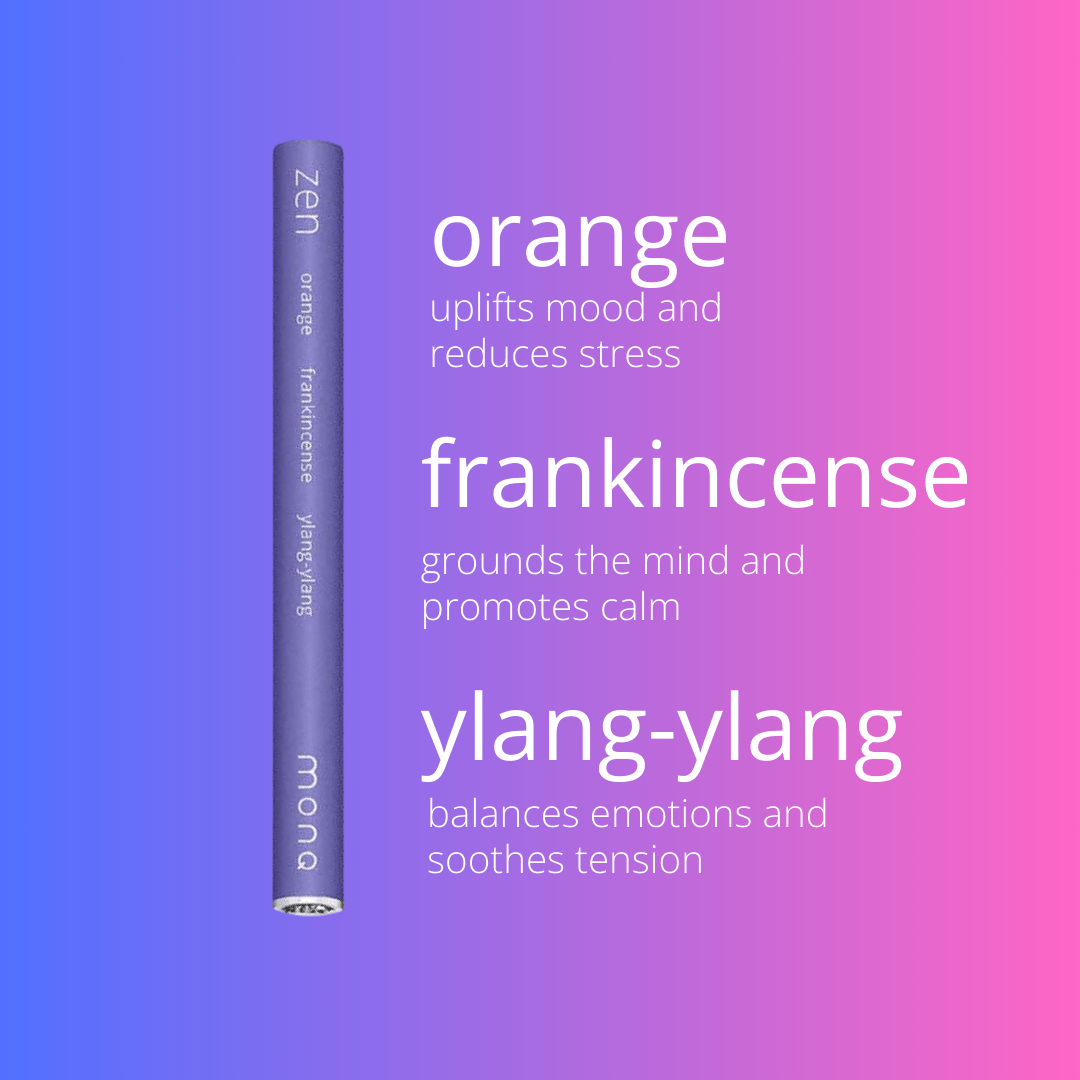
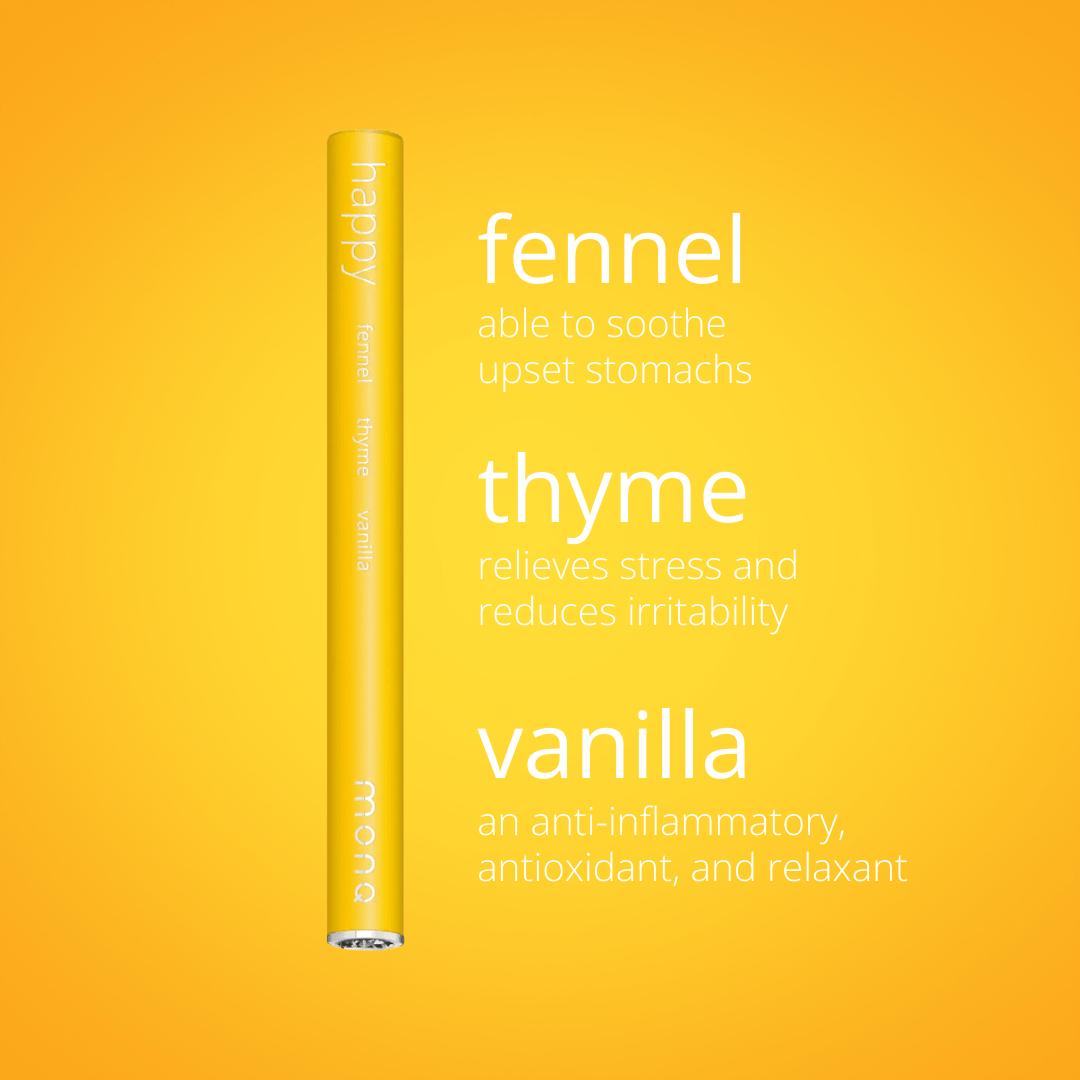
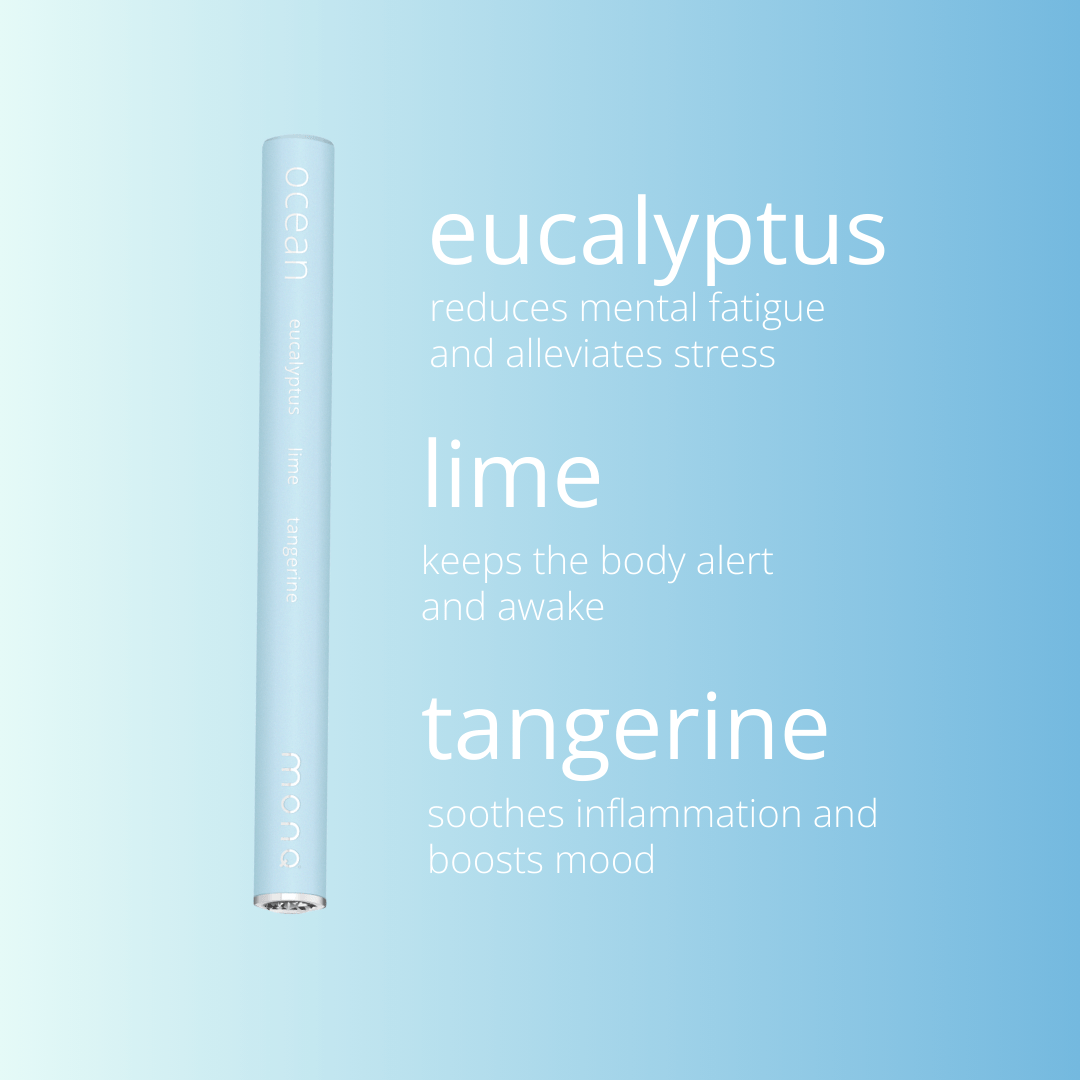
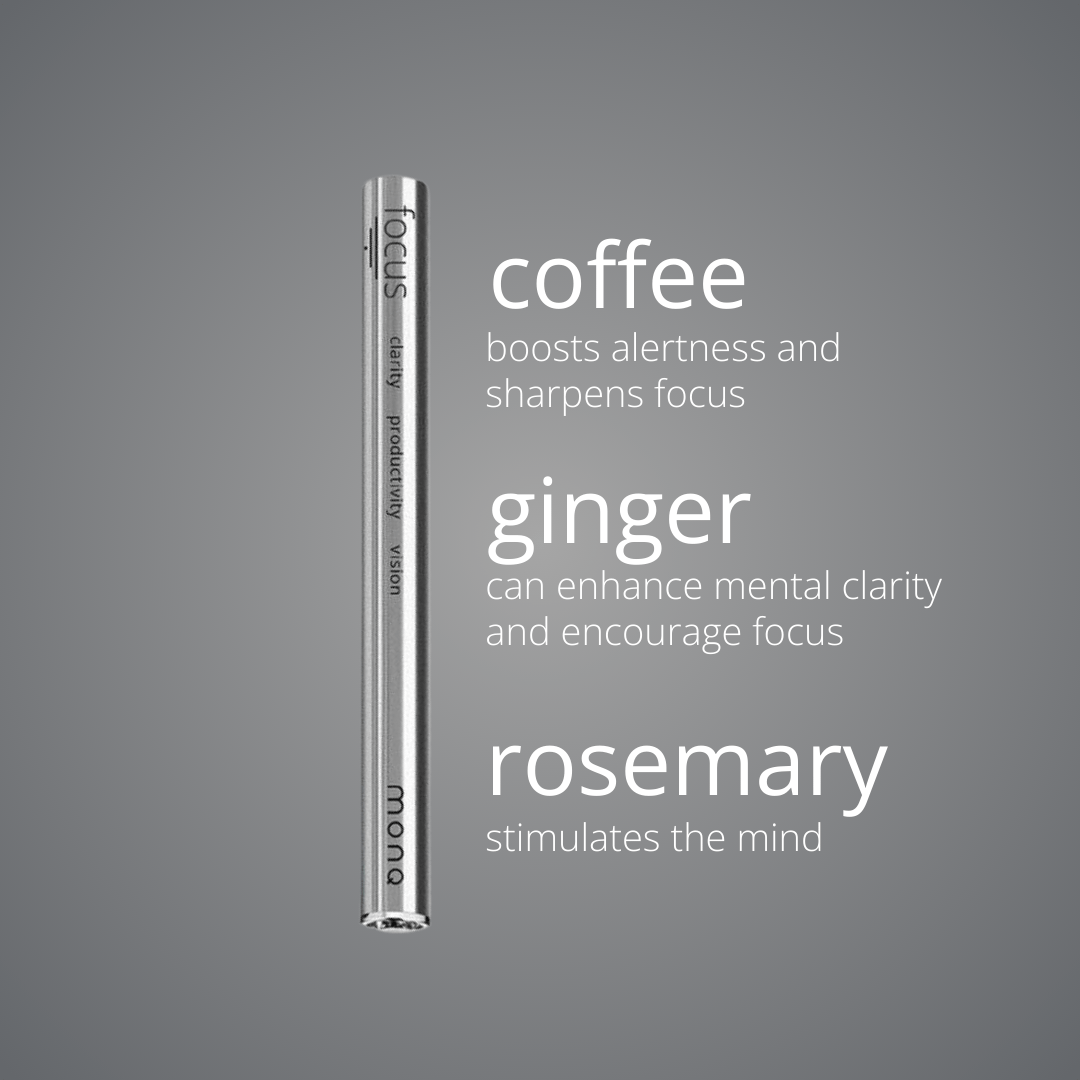
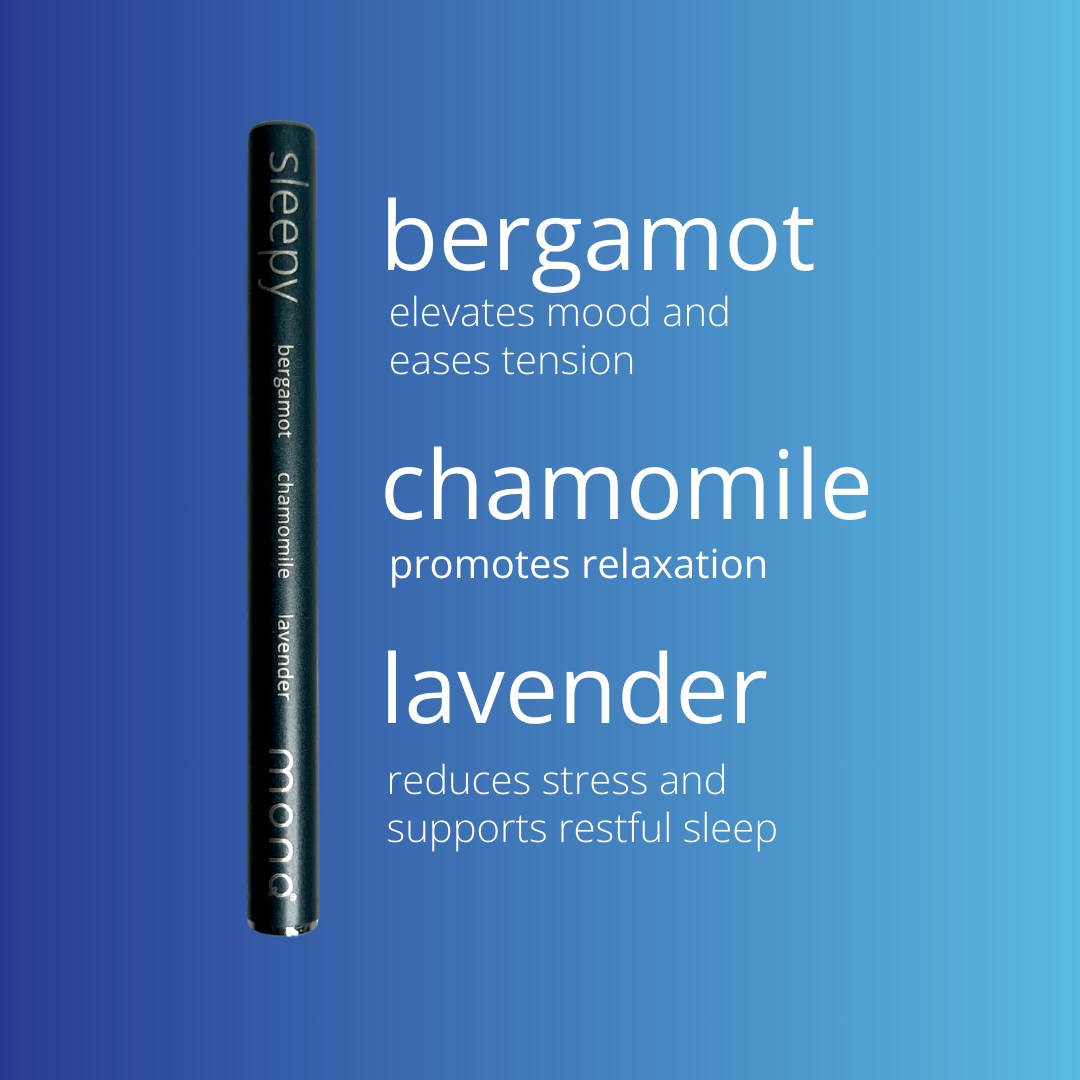


Leave a comment